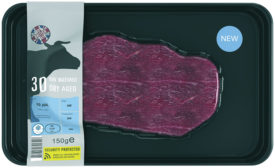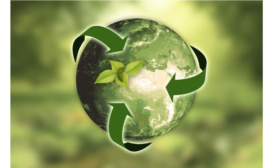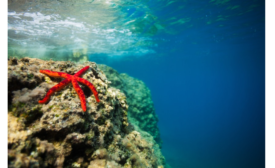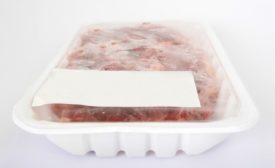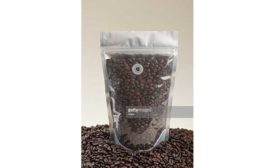Home » packaging waste
Articles Tagged with ''packaging waste''
Market Trends: Meat Packaging
Meating the Packaging Challenge
The meat packaging sector demands high-quality packaging solutions, requiring excellent presentation with a focus on shelf-life extension.
August 14, 2018
Cover Story
Packaging Outlook 2018: Flexible Packaging Overview
This report is an excerpt from the 2018 Packaging Outlook Report, featured in Packaging Strategies NEWS.
March 1, 2018

